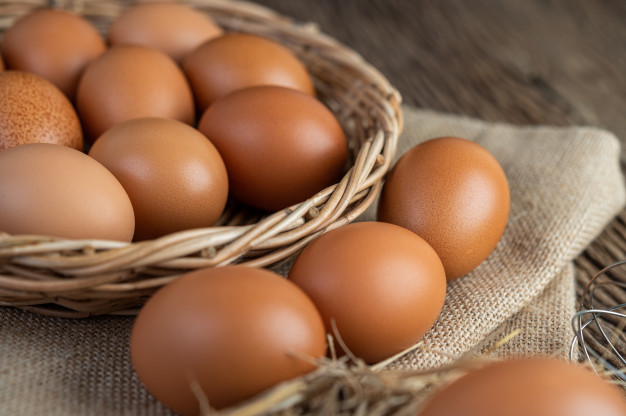top of mind news
- Meat Alternatives: Plant-based Protein Solutions For Restaurants
- Is the Restaurant Industry Facing a Hiring Crisis?
- Food Sector Poised For Revival This Year: COEX 2021
- Consumers Are Optimistic, But Pandemic Eating Habits Die Hard
- Increasing Percentage Of Restaurant Operators Able To Pay April Rent: Alignable Poll
Poultry
 Weekly chicken slaughter for the week ending April 3rd fell to 161.9 million birds and that was the smallest for any non-holiday (and non-winter weather) week of the year. But forward broiler production levels look to be improving, as the most recent Broiler Hatchery report indicates that producers are placing more eggs into incubators which should result in more active chicken slaughter heading into the early summer. But current tepid broiler output continues to underpin prices amongst the chicken complex. Yet, expect to see the wing markets break a bit lower into the summer as it looks like retail is taking a step back from featuring chicken amid the persistently higher prices.
Weekly chicken slaughter for the week ending April 3rd fell to 161.9 million birds and that was the smallest for any non-holiday (and non-winter weather) week of the year. But forward broiler production levels look to be improving, as the most recent Broiler Hatchery report indicates that producers are placing more eggs into incubators which should result in more active chicken slaughter heading into the early summer. But current tepid broiler output continues to underpin prices amongst the chicken complex. Yet, expect to see the wing markets break a bit lower into the summer as it looks like retail is taking a step back from featuring chicken amid the persistently higher prices.
Beef
An active Saturday slaughter schedule, again, salvaged what looked to be a light harvest week, leaving slaughter at 641,000 head and beef production at 530.2 million pounds. The middle meats continue to drive the increases across the cutout, but it’s worth noting that the entire complex remains elevated relative to longer-term While last week’s average across the beef 50s was reported in the mid-$0.90s, Friday’s spot close was just over the $1.00 mark putting the beef 50s up more than 115% across just one month, but as well above the ’17-’19 average price. Restaurant restocking looks to be underpinning support.
Pork
While ups slightly from the week prior, last week’s hog harvest, at 2.47 million head, current harvest rates are running back near 2019 levels, and significantly larger harvests (on a percentage basis) are not expected in the near-term. While strength remains across much of the carcass, the trim markets have been fading recently, with the 42s retreating towards the $0.80 area while the 72s have moved back towards the mid-$1.20s. We continue to look for easing ahead, but sharply lower pricing is not likely as seasonal interest picks up into the summer.
THE SEA
Seafood
Snow crab imports remained strong during February with the U.S. bringing in 6.5% more product that the previous year. However, it took record prices to do so. Foodservice demand is on the rise for seafood which could temper any price declines from the Canadian supply boost in the coming months. The 2021 Canadian Gulf of St. Lawrence snow crab quota is 32.5% bigger than last year.
THE GARDEN
Produce
The potato markets have slowed their climb higher or even in some cases retraced during the last week. Potato supplies are seasonally declining but are better than a year ago. As of April 1st, U.S. potato holdings were 4.6% better than the previous year but down 3.2% from the five-year average for the date. Foodservice demand is on the rise which is expected to lift the potato markets during the next several months. Further, the potato markets are likely to track above year ago levels. Lime supplies remain critically short, especially for the larger sizes.
THE KITCHEN SINK
Dairy
Cheese block prices last week were the costliest since January and barrel prices the highest in five months. Cheese demand is solid due in part to rising food service activity and persistent retail interest. Plus, U.S. cheese exports are active. The cheese markets look poised to trend even counter-seasonally higher in the near term. Last week spot butter prices were firm and the highest since June. Butter demand is also strong with improving fine dining activity plus solid domestic exports. Butter prices earlier this year were the lowest since 2009 which encouraged value buying. Butter prices can still increase from here.
Grains
The wheat markets have jumped higher. Initial winter wheat crop ratings have been disappointing. Just 53% of the crop was rated in either good or excellent condition as of April 11th. This compares to 62% a year ago. The wheat markets could be erratic during the next several weeks due to drought in a notable portion of their growing area.
Oil
U.S. retail gasoline prices (surveyed national average) this spring have been the costliest since April 2019. Rising crude oil prices and pending increased summer driving activity will likely keep gasoline prices inflated going forward.













